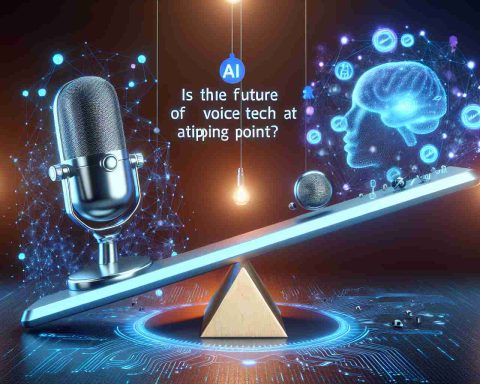Exploring Intriguing Archaeological Finds
A hidden Mayan city named Los Abuelos was recently discovered in the Guatemalan jungle. The city was named after its unique findings of ritualistic statues depicting grandparents. The significance of this long-lost city lies in its pre-classic Mayan origins, shedding light on the early stages of Mayan civilization.
Utilizing Cutting-Edge Technology
The expedition’s success was attributed to innovative technology like LiDAR combined with artificial intelligence. These modern tools provided detailed 3D topography, aiding in the identification of potential archaeological sites within the dense jungle.
Uncovering Ancient Mysteries
Through the collaboration of archaeologists and AI, intricate details of the city’s structures and societal dynamics are being reconstructed. The synergistic use of LiDAR and artificial intelligence has revolutionized the field of archaeology, saving time and uncovering numerous hidden historical sites worldwide.
AI: Shaping the Future of Archaeology
As AI continues to advance, the future of archaeology looks promising with the prospect of unveiling more concealed sites and filling gaps in humanity’s history. The integration of artificial intelligence opens up new possibilities for uncovering ancient mysteries and rewriting the narratives of the past.
Revealing Further Insights into Ancient Cities Through Technological Advancements
The recent discovery of the lost ancient city of Los Abuelos in Guatemala has sparked renewed interest in utilizing advanced technology for archaeological revelations. While the use of LiDAR and artificial intelligence proved instrumental in uncovering this Mayan metropolis, there are additional aspects of this groundbreaking development that warrant exploration.
Why is this Discovery Significant?
Beyond the initial findings of ritualistic statues and pre-classic Mayan origins, the discovery of Los Abuelos raises questions about the city’s role in ancient Mayan civilization. What kind of societal structures existed within this city? What was the city’s relationship to neighboring settlements and trade routes? These inquiries delve deeper into the historical context and significance of this remarkable find.
Challenges and Controversies
One of the key challenges associated with utilizing advanced technology in archaeological exploration is the potential for misinterpretation or oversimplification of data. Critics argue that relying too heavily on AI and LiDAR may overlook nuanced historical details that human expertise can offer. Additionally, controversies may arise over ownership rights and preservation efforts once hidden sites are revealed, raising ethical considerations in the field of archaeology.
Advantages of Technological Advancements
The integration of cutting-edge technology like LiDAR and artificial intelligence offers unparalleled advantages in the field of archaeology. These tools enable researchers to map extensive areas quickly and accurately, leading to the discovery of lost cities and ancient structures that may have remained hidden for centuries. The efficiency and precision provided by these advancements streamline archaeological processes and contribute to a more comprehensive understanding of past civilizations.
Disadvantages of Overreliance on Technology
While technology accelerates the pace of archaeological discoveries, there is a risk of diminishing the human element in research. Preservation efforts, cultural sensitivity, and the interdisciplinary nature of archaeology may be overlooked in favor of rapid data collection. Striking a balance between technological innovation and traditional archaeological methods is essential to ensure a holistic approach to exploring ancient sites.
For further insights into the intersection of technology and archaeology, visit National Geographic for in-depth coverage of archaeological discoveries worldwide.

















